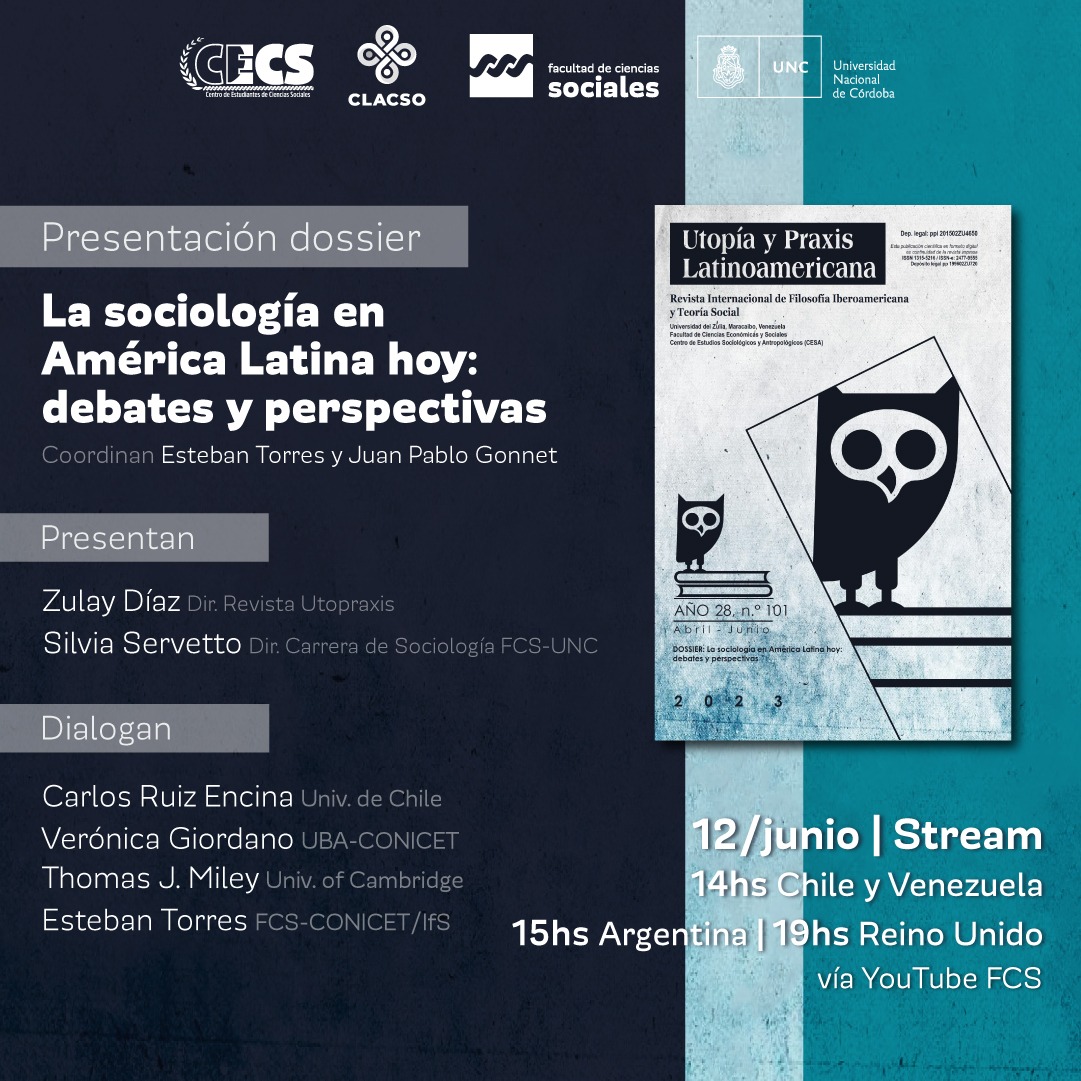Non-Verbal Barriers To Effective Intercultural Communication
Resumen
ABSTRACT
Although globalization and communication technology are bringing the world closer together in a global village, language barriers constitute a common challenge to individuals, groups, international companies, governments, nations, and the whole world. This qualitative study aimed at exploring the factors that cause non-verbal language barriers, their types and impact on effective communication, and our life, as well, are making people aware of the importance of overcoming them. This study concludes that misunderstanding, miscommunication, and misinterpretation of non-verbal messages arise when the sender (speaker) and receiver (listener) do not fully understand each other's language and culture.
RESUMEN
Aunque la globalización y la tecnología de la comunicación están uniendo al mundo en una aldea global, las barreras idiomáticas constituyen un desafío común para las personas, los grupos, las compañías internacionales, los gobiernos, las naciones y el mundo entero. Este estudio cualitativo tuvo como objetivo explorar los factores que causan las barreras del lenguaje no verbal, sus tipos e impacto en la comunicación efectiva, y nuestra vida, así como las formas, están haciendo que las personas sean conscientes de la importancia de superarlas. Este estudio concluye que los malentendidos, la falta de comunicación y la mala interpretación de los mensajes no verbales surgen cuando el emisor (hablante) y el receptor (oyente) no entienden completamente el idioma y la cultura del otro.
Citas
BIBLIOGRAPHY
AXTELL, RE (2007). Essential do's and taboos: the complete guide to international business and leisure travel. John Wiley & Sons.
AXTELL, RE, & FORNWALD, M (1991). Gestures: The do's and taboos of body language around the world (Vol. 4). New York: Wiley.
BASH, L (2009). “Engaging with cross‐cultural communication barriers in globalized higher education: the case of research‐degree students”, in: Intercultural Education, 20(5), pp.475-483.
BULLOCK, K (2002). Rethinking Muslim women and the veil: Challenging historical & modern stereotypes. IIIT.
DESMOND, M (1994). Body talk: A World Guide to Gestures. London: Jonathan Cape Ltd.
HURN, BJ, & TOMALIN, B (2013). “What is Cross-Cultural Communication?”, in: In Cross-Cultural Communication (pp. 1-19). Palgrave MacMillan, London.
JANDT, FE (2017). An introduction to intercultural communication: Identities in a global community. Sage Publications.
KAI, J (2005). “Cross-cultural communication”, in: Medicine, 33(2), pp.31-34.
KOESTER, J, & LUSTIG, M (2012). Intercultural competence: Interpersonal communication across cultures. Pearson Prentice Hall.
RIEMER, MJ, & JANSEN, DE (2003). “Non-verbal intercultural communication awareness for the modern engineer”, in: World Transactions on Engineering and Technology Education, 2(3), pp.373-378.
SAMOVAR, LA, PORTER, RE, & MCDANIEL, ER (2007). Communication between Cultures, Belmont, CA: Thompson.
SPINKS, N, & WELLS, B (1997). “Intercultural communication: a key element in global strategies”, in: Career Development International, 2(6), pp.287-292.












